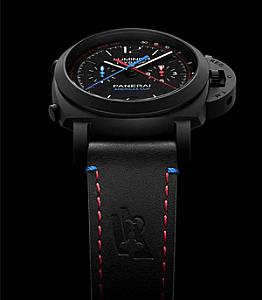The desired watch Audemars Piguet Royal Oak Perpetual Calendar is now in a ceramic case with a skeletonized dial.
The last time we saw a skeleton dial Royal Oak Perpetual Calendar in Audemars Piguet’s catalogs was the year 2015. Although it may seem like a recent date, it was almost half a decade ago. Of course, during this time the brand kept innovating. In SIHH 2017, the Royal Oak Perpetual Calendar with black ceramic case and bracelet was introduced, and this year the white ceramic version was introduced to watch aficionados. Now the Royal Oak Perpetual Calendar Openworked manages to admire us again with its attractive form and innovations.
The easiest and hassle-free way to produce a skeleton dial watch is to insert a skeletonized movement into a best-seller model. But the Swiss watchmaker has chosen to develop a brand new movement, Ref. 5135, for this task. This movement draws attention not only with its skeleton structure but also with its ‘maximum aesthetic’ principle. “Our effort for the first skeleton-dial perpetual calendar wristwatch introduced by the AP many years ago was to create a contrast and light play experience,” says Michael Friedman, head of the brand’s division of complications. Well, it seems Audemars Piguet made the best of it.
The 41mm wide and 9.9mm thick case is made of black ceramic, yttrium-stabilized zirconium oxide. A disadvantage of ceramic, which is quite durable for surfaces, is that its fragility. Therefore, it is not very resistant to forces such as torsion and bending. Therefore, most of the ceramic cases have a metal inner case for the movements. After the movement is placed, the metal case back is screwed into the metal inner frame. But Gerald Genta’s brilliance kicks in here as well. Originally designed to be water-resistant and extra thin, Royal Oak doesn’t require a metal inner case. Instead, the gold screws inside the titanium case back are tightened to the white gold nuts on the bezel. The result is a sandwich form with bezel and case back fastened together by screws. The case back is made of titanium to prevent cracking if the screws are too tight. The case is resistant to water pressure up to 20 meters. This may sound a little low, but I don’t think anyone would want to wet such a watch like this. The movement is enjoyed through the sapphire crystal display case back.
The movement of the watch is the Caliber 5135, derived from the 5134 standard perpetual calendar models, and the only difference is that the 5135 is skeletonized. Pink gold accents in the movement are in harmony with the dial. This is the most aesthetic touch of this harmony. The automatic movement provides 40 hours of power reserve for timekeeping, perpetual calendar, date, month, day and week of the year in full installation.
When you look at the dial, a poetic scenery welcomes you. Even I, who doesn’t really into skeleton dials, admire its beauty. Even I am not interested in skeletonized dials. Hands, springs, wheels, and cams are all chamfered and polished.
It is always easy to ‘like’ the newest version of an iconic model. But the AP Royal Oak Perpetual Calendar Openworked Ceramic really deserves attention and appreciation with its skeletonized dial, the color details that match the movement/dial harmony, as well as its ceramic case and bracelet. The price of this model is 130,000 CHF excluding taxes.













